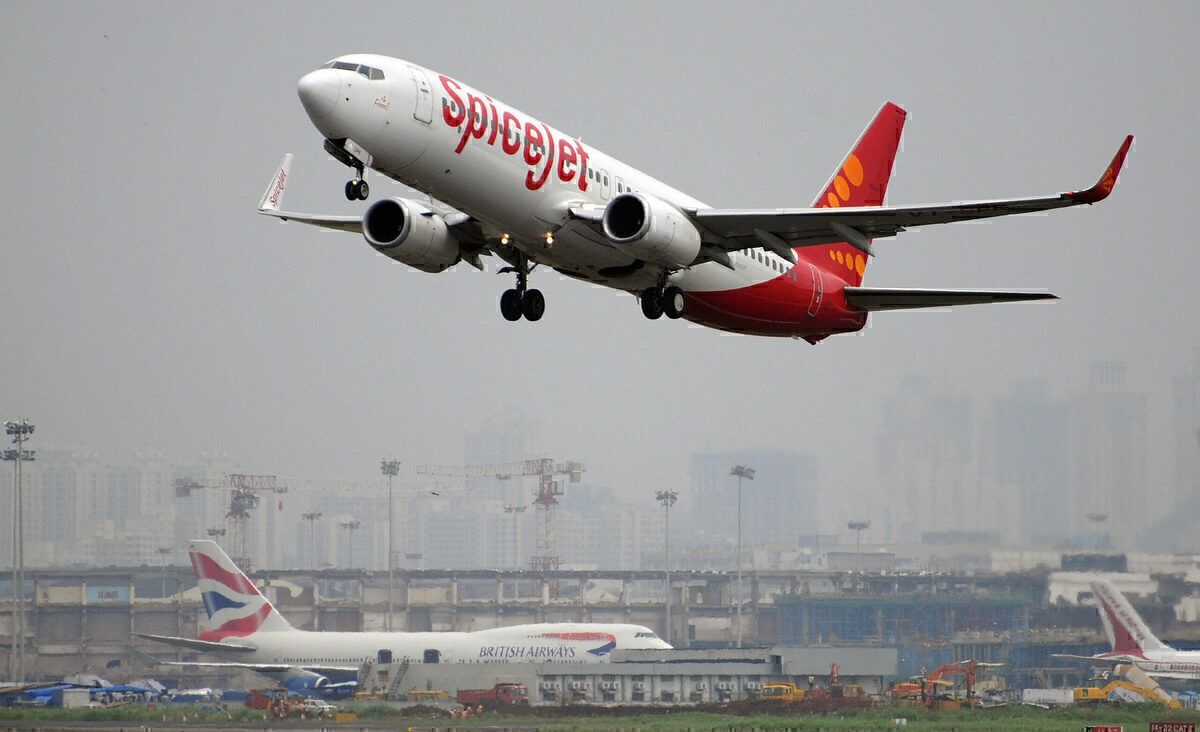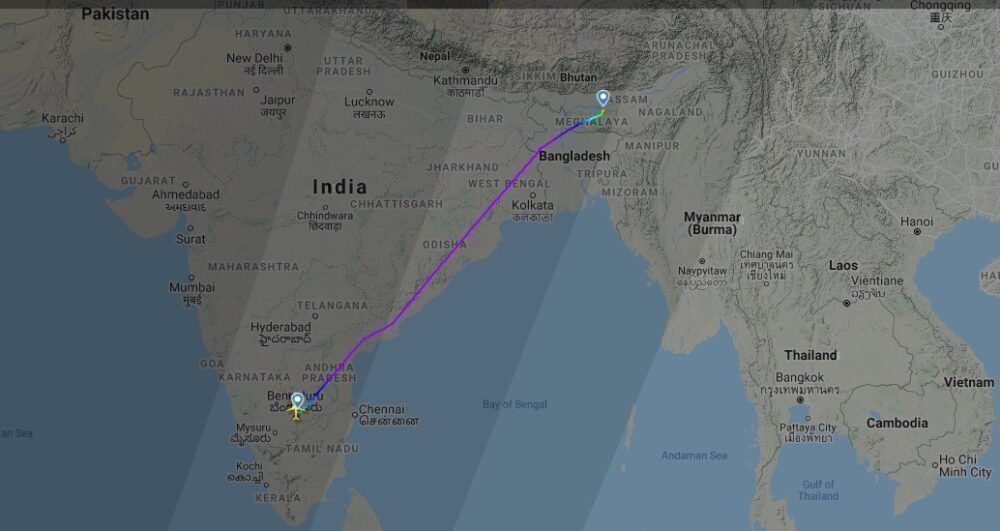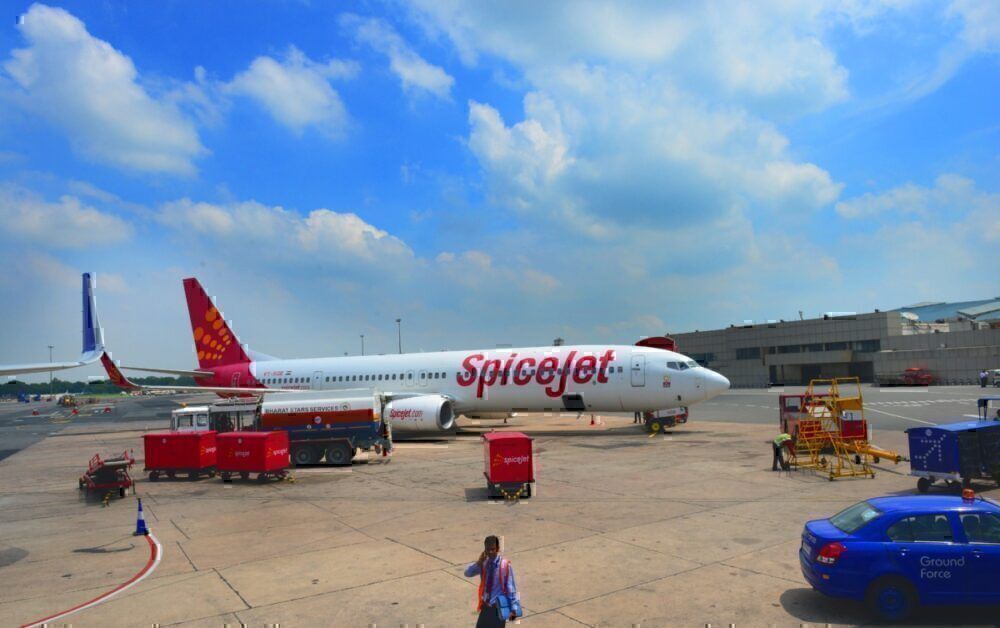Earlier this week, a Boeing 737-800 from Indian low-cost airline SpiceJet touched down short of the runway threshold at Guwahati. This resulted in a hard landing, and significant knock-on delays to the aircraft's subsequent flights. But how exactly did the incident play out?
The flight in question
SpiceJet is a low-cost carrier with hubs in the Indian cities of Delhi (Indira Gandhi International Airport - DEL) and Hyderabad (Rajiv Gandhi International Airport - HYD). It operates a range of international flights to destinations in Asia and the Middle East. In the future, it also has aspirations to serve the British and American markets.
However, its core focus is domestic flights within India, where it serves 54 destinations. One of these flights is numbered SG960. According to FlightRadar24.com, this flight departs daily (apart from Tuesdays) from Bengaluru Kempegowda International Airport (BLR) at 05:30 local time.
Its destination is Guwahati Lokpriya Gopinath Bordoloi International Airport (GAU), with a scheduled arrival of either 08:20 or 08:30, depending on the exact day. Its arrival on December 4th was punctual. However, the manner of the landing had significant knock-on effects.
What happened?
According to The Aviation Herald, this flight experienced a hard landing upon arrival at Guwahati. This took place short of the threshold on the airport's runway 02. The cause of this was that the aircraft in question developed a high sink rate on its approach. The force of the resultant hard landing was measured at 2.12G.
The exact location of the short touchdown was the paved runway end safety area. The unplanned touchdown here saw the aircraft make contact with and subsequently damage three threshold lights. The remainder of its rollout was safe and uneventful. However, a subsequent inspection of the aircraft found cuts on one of its tires.
India's Directorate General of Civil Aviation (DGCA) has opened an investigation into the incident. While the airline waits for its findings, both of the aircraft's flight crew have been suspended.
Having departed Bengaluru at 05:45 local time, the flight landed slightly ahead of schedule at 08:15. However, the hard landing had a significant impact on its operational schedule for the rest of the day. In fact, the knock-on delays continued for some of its flights on December 5th. According to FlightRadar24.com, the aircraft's impacted flights and their respective delays were:
- SG961 Guwahati-Bengaluru, December 4th - 9 hours 35 minutes
- SG198 Bengaluru-Delhi, December 4th - 2 hours 31 minutes
- SG8721 Delhi-Patna, December 5th - 2 hours 10 minutes
- SG8722 Patna-Delhi, December 5th - 2 hours 11 minutes
The aircraft involved
The aircraft that made the hard landing at Guwahati was a Boeing 737-800 with the registration VT-SLL. According to Planespotters.net, this is one of 42 737-800 in SpiceJet's fleet. Brazilian low-cost carrier GOL originally took delivery of it in December 2007.
SpiceJet then assumed ownership of the aircraft in July 2016. It has a one-class all-economy configuration, which, according to SeatGuru, seats 189 passengers with a 29-inch pitch. Moving forward, Boeing reports that SpiceJet has placed orders for 142 examples of its next-generation 737 MAX series.
What do you make of this incident? Have you ever flown with SpiceJet before? Let us know your thoughts and experiences in the comments.



